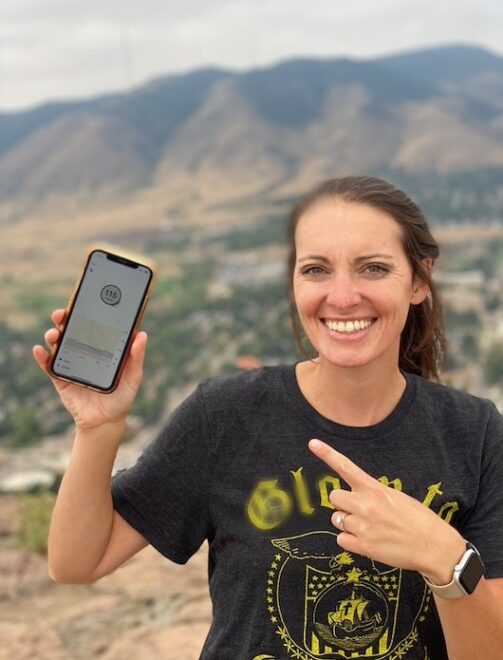Editor’s Notes: Samantha is a member of the Beyond Type Run 2022 team—a team of nearly 50 people living with type 1 diabetes who will run the NYC Marathon on November 6, 2022. They’re on a mission to raise awareness and funds for type 1 diabetes. Cheer Samantha on by making a gift on her fundraising page!
Below, Samantha shares her experience of navigating other autoimmune responses in addition to her type 1 diabetes. People with T1D are more likely to also be diagnosed with other autoimmune diseases. If you are experiencing unexplained symptoms, reach out to your healthcare provider for support or a referral to a specialist like a gastroenterologist or a rheumatologist.
At the end of May 2022, before I was accepted into the Beyond Type Run NYC Marathon team, I started not feeling so well. I started getting itchy, with rashes all over my body, as well as a swollen face and tongue. I had no idea why I was having these weird symptoms.
A couple of weeks later, I started getting shooting nerve pain in my legs and arms that would last about 10 seconds and then go away. This pain was unbearable.
The rashes were getting worse too, and overall, I was feeling awful. (My blood sugar numbers were also running high—ugh!)
This was right when I received the email from Beyond Type 1 telling me that I was accepted to race the NYC Marathon in November 2022 with 50 other people with type 1 diabetes.
While I was extremely excited to be accepted to run, I was worried I wasn’t going to be able to run this marathon that was only a few short months away.
All the pain I was having in my body was only getting worse. It took doctor after doctor and test after test to conclude that I have severe wheat/gluten sensitivity.
While I wasn’t officially diagnosed with celiac disease, my doctor still recommended I give up wheat, gluten and barley to see if my pain and rashes would get better. So I did and after 45 days, I started to finally feel better. 45 DAYS!
Mid-summer, I still hadn’t notified anyone from Beyond Type 1 of my sickness because I want to run this race so badly! I kept waiting and waiting for my body to feel good enough to go for a short, simple run. (Let alone 26 miles!)
At the end of July 2022, I started to feel better and was able to go on a few easy runs, which helped me feel ready to commit to marathon training.
But I was already about 3 weeks behind in my training schedule. Each mile was a struggle to push through.
Running with type 1 diabetes is hard enough as it is—adding in another health issue makes it even harder.
I have to worry about my blood sugar level numbers during every mile of every run, and now I also have to read the labels on all my low blood sugar and energy snacks to make sure everything is wheat and gluten-free.
 The things that people living with type 1 diabetes go through are unbelievable. Every single one of us is a true warrior!
The things that people living with type 1 diabetes go through are unbelievable. Every single one of us is a true warrior!
When people ask me how hard type 1 diabetes is, I tell them, “however hard you think it is, multiply that by 10. That’s how hard it actually is.”
Thankfully, we now have continuous glucose monitors (CGMs) like the Dexcom G6, and insulin pumps like Tandem t:slim that help us monitor our blood sugars throughout the day so we can get back to living life as normal.
But no one, other than people living with type 1 diabetes, can truly understand what we go through every single day.
It’s important for us type 1s to stick together and help each other out.
I can’t wait to officially meet the other type 1 diabetics who are running the marathon and make lifelong friendships!